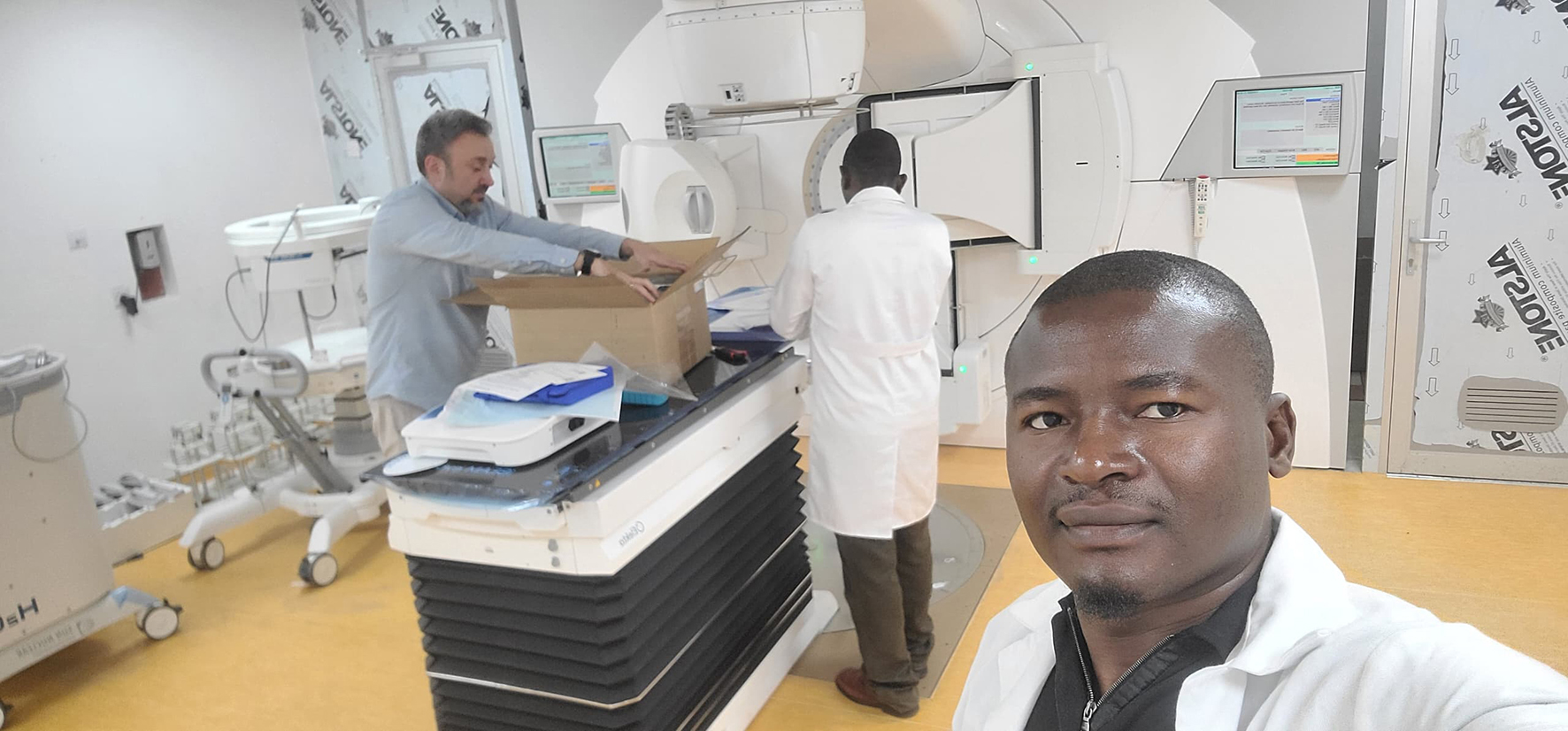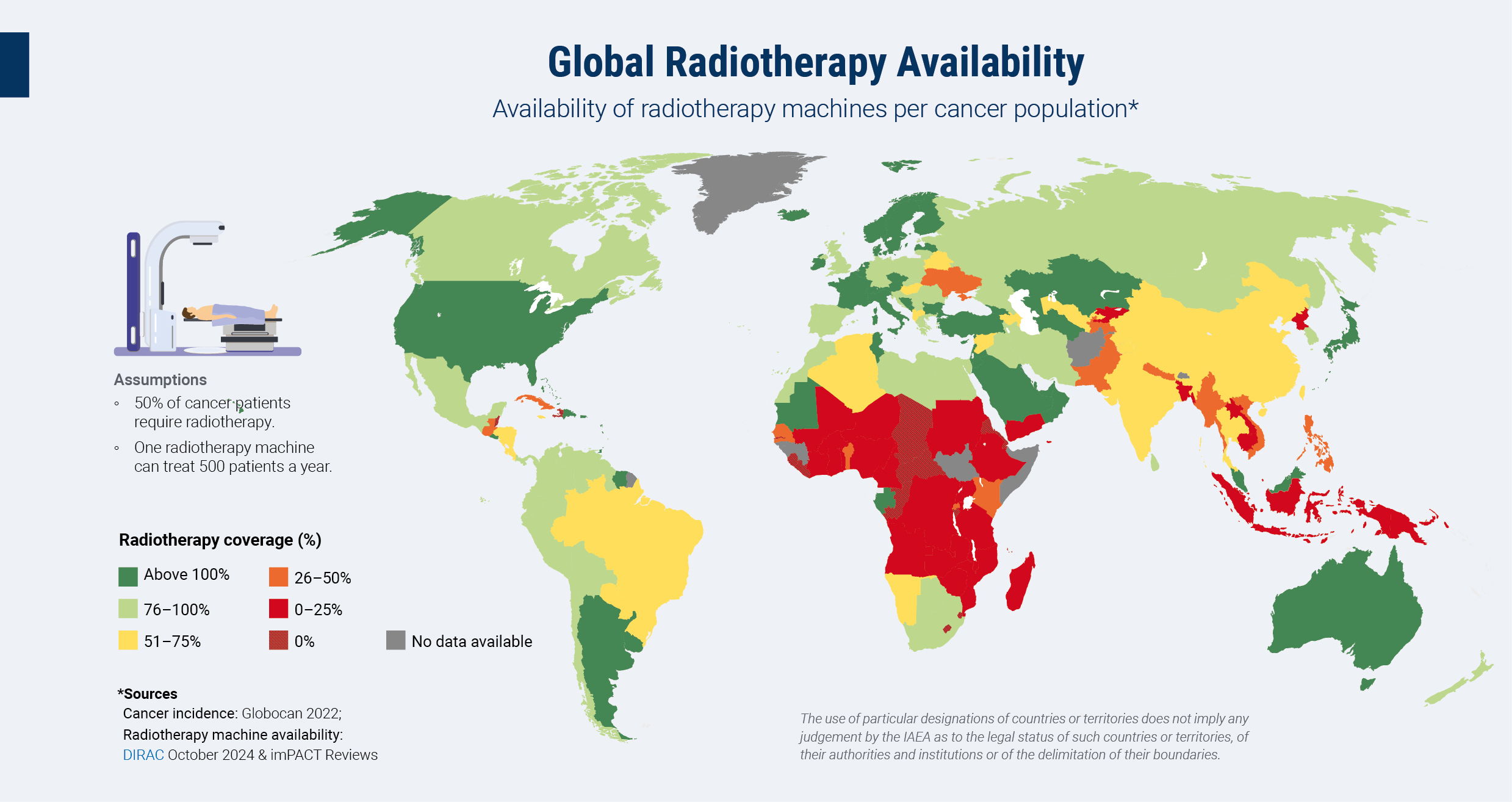(This article was originally published in the April 2025 IAEA Bulletin)
Malawi is putting the finishing touches to its new public radiotherapy centre in Lilongwe and preparing to diagnose and treat cancer patients domestically for the first time in its history.
“The opening of this treatment centre marks the beginning of a new era for my country,” said Sanderson Kuyeli, Deputy Director of Planning (Health Infrastructure Management) in Malawi’s Ministry of Health. “We no longer need to send our cancer patients abroad, but can look after them right here, close to their families.”
The new radiotherapy centre, which is expected to open by the end of this year, is guided by an evidence based approach and backed by IAEA expertise and support.
Malawi’s landmark success owes much to its rigorous data collection efforts, the sustained commitment of the Ministry of Health, and the support of the IAEA and its partners. The country’s evidence based approach enabled it to develop a strategic funding proposal and consequently secure a loan from the OPEC Fund for International Development in 2018.
“It all started with an imPACT Review mission in 2012,” said Shaukat Abdulrazak, Director of the IAEA Division for Africa. “This first fact-finding mission, conducted jointly by the IAEA, the World Health Organization and the International Agency for Research on Cancer, provided Malawi with a baseline situation analysis and a set of recommendations to guide cancer control planning and investments across the spectrum, from prevention to palliative care.”


